Caring for Your Steak Knives: Maintenance Tips
Proper maintenance is essential to keep your steak knives in top condition. This article provides valuable tips to care for your knives and ensure their longevity.
Regular cleaning, proper storage, and regular sharpening are key to maintaining the sharpness and effectiveness of your steak knives. Additionally, avoiding rough surfaces and using them on suitable cutting boards will help prevent damage. Following these maintenance tips will ensure that your steak knives remain in excellent condition and provide optimal performance for years to come.
Importance Of Proper Knife Maintenance
Proper knife maintenance is crucial for maintaining the quality and longevity of your steak knives. By regularly sharpening the blades, cleaning and drying them properly, and storing them in a safe manner, you can ensure that your knives stay in optimal condition and continue to deliver excellent performance.
Caring For Your Steak Knives: Maintenance Tips
When it comes to your steak knives, proper maintenance is key to ensuring their longevity and optimal cutting performance. Taking care of these kitchen essentials not only extends their lifespan but also enhances your overall dining experience. In this section, we will explore the importance of proper knife maintenance, providing you with valuable tips to keep your steak knives in top-notch condition.
Extending The Lifespan Of Your Steak Knives:
- Handwashing: Always wash your steak knives by hand instead of using a dishwasher. The high heat and harsh detergents can cause damage to the blades and handles. To clean them effectively, follow these steps:
- Use warm, soapy water to remove any food debris or stains.
- Use a soft sponge or cloth to gently scrub the blades and handles.
- Rinse thoroughly with warm water and dry immediately with a towel to prevent rusting.
- Proper Storage: Storing your steak knives appropriately is crucial to prevent accidents and maintain their sharpness. Consider the following tips:
- Use a knife block, magnetic strip, or sheath to protect the blades from damage and prevent injury.
- Avoid storing them in a cluttered drawer where they could potentially get scratched or become dull due to contact with other utensils.
- Sharpening and Honing: Regularly sharpening and honing your steak knives is essential for maintaining their cutting performance. Here’s what you need to know:
- Sharpen your knives using a high-quality sharpening stone or a knife sharpener.
- Honing your knives with a honing steel helps realign the edges and ensures precise cuts.
- Aim to sharpen your steak knives every few months, or as needed, depending on how frequently you use them.
Ensuring optimum cutting performance:
- Avoid Cutting on Hard Surfaces: To protect your steak knife blades from premature dulling or chipping, avoid cutting on hard surfaces such as glass or ceramic plates. Instead, opt for wooden or plastic cutting boards that are gentler on the blade edges.
- Use Proper Cutting Techniques: Utilizing the correct cutting technique not only ensures precise and effortless cuts but also safeguards the longevity of your steak knives. Follow these guidelines:
- Hold the knife firmly with a relaxed grip, ensuring control and stability.
- Use a sawing motion when slicing through meat, rather than applying excessive pressure or forcing the knife.
- Avoid using your steak knives for tasks they aren’t designed for, such as opening cans or cutting frozen food.
By adhering to these maintenance tips, you can preserve the quality and functionality of your steak knives for years to come. Remember to prioritize handwashing, proper storage, regular sharpening, and employing appropriate cutting techniques. With these practices, you can enjoy the durability and cutting performance your steak knives were designed to deliver.

Credit: www.messermeister.com
Regular Cleaning And Drying
Proper maintenance of your steak knives is crucial for their longevity. Regularly cleaning and drying them will prevent rust and keep them in optimal condition.
Caring For Your Steak Knives: Maintenance Tips
Steak knives are an essential tool for any meat lover, but to ensure they remain sharp and effective, proper maintenance is crucial. Regular cleaning and drying play a significant role in prolonging the life of your steak knives. Here are some tips to keep them in top condition:
Removing Food Debris And Stains
- Gently rinse the knives under warm running water to remove any food particles or residue.
- Use a mild dishwashing liquid and a soft sponge or cloth to scrub away stubborn stains.
- For tough stains, create a paste using baking soda and water, and gently scrub the affected area.
- Avoid using abrasive cleaning tools that could scratch or damage the knife surface.
Preventing Rust And Corrosion
- After each use, dry the knives thoroughly with a clean towel to prevent moisture buildup.
- To avoid rust formation, never leave your steak knives soaking in water or other liquids.
- Store the knives in a dry location with adequate air circulation to prevent moisture accumulation.
- Consider using silica gel packets or a food-grade mineral oil to absorb any excess moisture.
Appropriate Cleaning Products And Techniques
- Use non-abrasive cleaning products specifically designed for stainless steel or high carbon steel knives.
- Avoid using harsh chemicals, bleach, or abrasive scrubbers, as they can cause damage.
- For wooden handles, wipe them clean with a damp cloth and mild soap, then dry thoroughly.
- Always follow the manufacturer’s instructions for any specialized cleaning recommendations.
By regularly cleaning and drying your steak knives, you can maintain their sharpness, prevent rust and corrosion, and extend their overall lifespan. Taking proper care of your knives ensures that they will be reliable companions during your delicious steak dinners for years to come.
Sharpening And Honing Your Knives
Proper care and maintenance are essential for your steak knives. Learn how to sharpen and hone your knives to ensure they remain sharp and efficient for a longer time.
Caring For Your Steak Knives: Maintenance Tips
Steak knives are an essential tool in any kitchen, allowing you to effortlessly cut through delicious cuts of meat. To ensure your steak knives continue to perform at their best, it’s important to regularly sharpen and hone their blades. In this section, we will explore the importance of maintaining a sharp edge for easy cutting, the different methods of sharpening and honing, and the recommended frequency for these maintenance tasks.
Maintaining A Sharp Edge For Easy Cutting
A dull knife not only makes cutting a chore but can also be dangerous. Maintaining a sharp edge on your steak knives not only enhances their performance but also ensures safety. Here are some key points to keep in mind:
- Regular sharpening: Sharpen your steak knives every two to three months, or sooner if you notice a decline in their cutting ability.
- Honing: In addition to sharpening, regularly honing your knives helps to realign the blade’s edge, keeping it sharp and straight.
- Cutting surface: Always use a proper cutting board to prevent your knives from dulling prematurely. Avoid using hard surfaces like glass or marble, as they can damage the knife edge.
Different Methods Of Sharpening And Honing
There are several methods you can use to sharpen and hone your steak knives. Here are some popular options:
- Sharpening stone: Using a sharpening stone is a traditional and effective way to sharpen your knives. Follow the instructions provided with the stone to achieve the desired sharpness.
- Electric knife sharpener: Electric sharpeners offer convenience and speed. Simply place your knife in the slot and let the machine do the work. However, be cautious not to over-sharpen, as this can shorten the knife’s lifespan.
- Honing steel: A honing steel is an excellent tool for regular maintenance between sharpening sessions. It helps to remove any microscopic bends in the blade, resulting in a straighter and sharper edge.
Frequency Of Sharpening
The frequency of sharpening your steak knives depends on various factors such as usage, cutting surface, and personal preference. Here are some general guidelines to consider:
- Regular inspection: Check your knives for dullness or nicks regularly. If you notice any issues, it’s time for sharpening.
- Frequency: As mentioned earlier, sharpen your knives every two to three months. However, if you frequently use your knives or notice a decline in cutting performance, more frequent sharpening may be necessary.
- Honing: Unlike sharpening, honing can be done more frequently, even after every use. It helps to maintain the knife’s sharpness and prolongs the time between sharpening sessions.
By following these maintenance tips and regularly sharpening and honing your steak knives, you can ensure they stay in optimal condition for easy cutting and enjoyable dining experiences. Keep your knives razor-sharp and savor each delicious bite.
1. Sharpening Techniques
Learn the best sharpening techniques to keep your steak knives in top condition. Discover maintenance tips for caring for your knives, ensuring long-lasting performance and a precise cut every time.
Caring For Your Steak Knives: Maintenance Tips
Sharp and well-maintained steak knives are essential for effortlessly slicing through your favorite cuts of meat. To ensure your knives remain in optimal condition, regular sharpening is necessary. Here are three effective, yet simple techniques to keep your steak knives razor-sharp:
Using A Whetstone
- Place the whetstone on a stable surface, with the abrasive side facing up.
- Moisten the surface of the whetstone with water or honing oil (if specified by the manufacturer).
- Hold the knife at a consistent angle against the stone (usually between 15 to 20 degrees).
- Using moderate pressure, slide the blade across the stone in a sweeping motion, following the knife’s curvature.
- Repeat this process on each side of the blade, maintaining the same angle and pressure.
- After sharpening, rinse the knife thoroughly to remove any loose particles.
Using A Knife Sharpener
- Choose a knife sharpener suited for your steak knives, such as a manual or electric sharpener.
- Follow the manufacturer’s instructions for proper setup and usage.
- Depending on the sharpener, pass the knife through the designated slots or pull the blade against the abrasive wheels.
- Ensure consistent pressure and movement as you sharpen, maintaining a steady angle.
- Repeat the process as needed until you achieve the desired sharpness.
- Remember to clean the knife after sharpening to eliminate any residue.
Professional Sharpening Services
- If you prefer a hassle-free approach or lack confidence in sharpening your knives, professional sharpening services are an excellent option.
- Research local service providers or contact the manufacturer to inquire about their sharpening services.
- Pack and secure your knives properly for shipping or drop them off at the designated location.
- Professionals will use specialized tools and techniques to sharpen your blades effectively.
- Ensure you communicate any specific sharpening preferences or concerns to the service provider.
- Once your knives are returned, examine their sharpness and make any necessary adjustments.
To extend the lifespan of your steak knives, it’s essential to practice regular maintenance. Keep in mind that proper storage, cleaning, and following the manufacturer’s guidelines are equally important for preserving the performance and longevity of your knives. With these sharpening techniques at your disposal, you can enjoy effortlessly slicing into your favorite steaks.
2. Honing Techniques
Honing techniques are essential for maintaining the quality of your steak knives. Proper care ensures their longevity and performance, allowing you to enjoy precise cuts every time.
Using A Honing Rod
To maintain the sharpness of your steak knives, using a honing rod is essential. Here’s how you can effectively use a honing rod to keep your knives in top shape:
- Hold the honing rod vertically, with the tip firmly placed on a stable surface.
- Hold the knife with a firm grip in your dominant hand and position the blade against the rod’s base.
- Maintain a consistent angle, usually around 20 degrees, between the blade and the honing rod.
- Starting from the heel of the knife, gently pull the blade towards you while applying moderate pressure.
- Continue this motion smoothly and in a controlled manner, moving from the base to the tip of the blade.
- Repeat the process on the other side of the knife, using the same angle and pressure.
Honing frequency:
To ensure optimal performance and longevity of your steak knives, regular honing is crucial. Consider the following factors when determining how frequently to hone your knives:
- The frequency of knife usage: Knives used daily, such as in a restaurant setting, will likely require more frequent honing compared to knives used occasionally at home.
- Individual knife sharpness: Knives that have become noticeably dull may require more frequent honing to restore their cutting ability.
- Cutting surface: If you frequently cut on hard surfaces like glass or ceramic, your knives may dull faster and need more frequent honing.
In general, it is recommended to hone your steak knives every 2-3 months for regular home use or every 1-2 weeks for more intensive usage. However, these intervals may vary depending on your specific circumstances.
By using a honing rod and honing your steak knives at appropriate intervals, you can ensure their longevity and maintain their sharpness for effortless slicing and dicing. Regular honing is an essential part of caring for your steak knives, allowing you to enjoy precision cuts with ease.
Storing Your Steak Knives
Properly storing your steak knives is crucial for maintaining their quality and longevity. By keeping them in a knife block or a knife drawer insert, you can protect the knife blades from damage and ensure their sharpness for long-term use.
Caring For Your Steak Knives: Maintenance Tips
Great steak knives are an essential tool for any steak lover, but it’s important to take care of them properly to ensure they stay sharp and in excellent condition. One key aspect of knife care is how you store your steak knives.
In this section, we’ll explore different ways to keep your knives safe and accessible, how to avoid damage to the blade, and the various storage options and considerations to keep in mind.
Keeping The Knives Safe And Accessible:
- Store your steak knives in a designated knife block or magnetic strip. This not only keeps them neatly organized but also prevents damage to the blades and yourself.
- Ensure there is enough space between each knife slot to avoid any accidental collision that could dull or chip the blade.
- Keep your knives out of reach of children to prevent accidents and ensure their longevity.
- If you lack counter space, consider using a drawer knife organizer to keep your steak knives secure and easily accessible.
- When placing knives in a drawer, be sure to separate them with blade guards or protective sheaths to prevent scratching or damaging the blade edge.
Avoiding Damage To The Blade:
- Always hand wash your steak knives immediately after use. Avoid placing them in the dishwasher, as the harsh detergents and high temperatures can damage the blade’s integrity.
- Use mild dish soap and warm water to clean the knives, making sure to remove any food residue or stains. Avoid using abrasive sponges or scouring pads that can scratch the blade.
- Dry the knives thoroughly before storing them to prevent any moisture buildup that could lead to rust.
- Never use the steak knives for purposes other than cutting steak, as this can damage the blade and impact its performance. Stainless steel blades are not suitable for heavy-duty tasks like prying open cans or splitting bones.
- Regularly sharpen your steak knives using a quality knife sharpener to maintain their optimal cutting performance. Follow the manufacturer’s instructions or consider professional sharpening services if you’re unsure.
Storage Options And Considerations:
- If your steak knives come with a storage box or sheath, use them to protect the blades from accidental damage and maintain their sharpness.
- Consider opting for a knife block with horizontal slots, as it allows the knives to slide in and out easily without any hassle.
- Magnetic strips are a modern and space-efficient storage option. They hold the knives securely and display them attractively, adding functionality to your kitchen decor.
- If you choose to store your steak knives in a drawer, make sure they have a designated compartment or use a knife tray to prevent them from moving around and potentially causing accidents.
- Take into account the frequency of knife usage when deciding on the storage method. If you use your steak knives frequently, storing them on the counter or in an easily accessible drawer might be the best option.
By following these tips for storing your steak knives, you’ll ensure their longevity, keep them sharp, and have them ready for your next delicious steak dinner. Taking care of your knives not only enhances their performance but also contributes to a safe and enjoyable cooking experience.
Safety Tips For Handling And Using Steak Knives
Discover essential safety tips for handling and using steak knives to ensure longevity and prevent accidents. Incorporate these maintenance tips into your routine to care for your steak knives and keep them in optimal condition.
Caring For Your Steak Knives: Maintenance Tips
Proper Grip And Handling:
- Hold the steak knife with a firm grip, ensuring control and stability.
- Place your index finger on the spine of the knife for added control.
- Position your thumb on the handle to maintain a balanced grip.
- Avoid holding the knife by the blade or gripping it too tightly.
Safe Cutting Techniques:
- Utilize a cutting board with a non-slip surface to prevent any accidents.
- Place the food item securely on the cutting board before starting to cut.
- Employ a smooth and steady cutting motion to prevent slipping.
- Use the full length of the blade for a clean, efficient cut.
- Ensure that your fingers are away from the path of the blade to prevent any accidents.
Avoiding Accidents And Injuries:
- Never leave steak knives unattended on the edge of the countertop or in the sink.
- Store knives in a designated knife block or sheath to protect the blades and prevent accidental cuts.
- Always wash steak knives by hand rather than in the dishwasher to preserve their sharpness and prevent damage.
- Dry the knives thoroughly after washing to prevent rusting.
- Keep knives away from the reach of children and ensure they are properly sheathed.
By following these safety tips for proper grip and handling, safe cutting techniques, and avoiding accidents and injuries, you can ensure the longevity and effectiveness of your steak knives. Take necessary precautions and be mindful of your actions when using these sharp tools to prevent accidents and enjoy the culinary experience to its fullest.
Maintenance Dos And Don’Ts
Proper maintenance is key to keeping your steak knives in top condition. Follow these easy maintenance tips to ensure long-lasting sharpness and durability without any hassle.
Maintenance Dos:
Proper Cleaning:
- Gently hand wash your steak knives with warm water and mild dish soap.
- Use a soft sponge or cloth to remove any food particles or stains.
- Rinse thoroughly with clean water and dry immediately to prevent rusting.
Regular Sharpening:
- Invest in a good quality knife sharpener or sharpening stone.
- Follow the manufacturer’s instructions for the best results.
- Regularly sharpen your steak knives to maintain their sharpness and cutting performance.
Honing:
- Use a honing steel to keep the blades aligned and straight.
- Hold the steel vertically and run the knife along the steel in a gentle, sweeping motion.
- Repeat this process several times on each side of the blade to maintain its edge.
Correct Storage:
- Store your steak knives in a knife block or a knife tray.
- This will help protect the blades from damage and keep them organized.
- Ensure that the blades are fully covered and the knives are securely held in place.
Maintenance Don’Ts:
Using Harsh Cleaners:
- Avoid using harsh or abrasive cleaners on your steak knives.
- These can damage the blades and handle materials.
- Stick to mild dish soap and gentle cleaning methods.
Dishwasher Use:
- Do not put your steak knives in the dishwasher.
- The harsh detergents and high heat can cause the blades to dull or even rust.
- Handwashing is the best option for maintaining the longevity of your knives.
Improper Storage:
- Avoid storing your steak knives loosely in a drawer.
- This can lead to the blades coming into contact with other utensils and becoming damaged.
- Proper storage in a knife block or tray is essential for preserving their condition.
By following these maintenance dos and don’ts, you can ensure that your steak knives stay in optimal condition for years to come. Proper cleaning, regular sharpening, honing, and correct storage are key to maximizing their performance and longevity.
Frequently Asked Questions On Caring For Your Steak Knives: Maintenance Tips
How Should You Care For And Maintain Your Knives?
To care for and maintain your knives, follow these tips:1. Clean your knives immediately after use by hand washing them with mild soap and warm water. 2. Dry them thoroughly to prevent rust and keep them sharp for longer. 3.
Store your knives properly in a knife block or on a magnetic strip to protect the blades and prevent accidents. 4. Regularly hone your knives with a honing rod or sharpen them when needed to maintain their sharpness and cutting performance.
How Long Should Steak Knives Last?
Steak knives should last for a long time, but it depends on their quality and usage.
Are You Supposed To Sharpen Steak Knives?
Yes, you should sharpen steak knives regularly to maintain their cutting performance.
How Do Chefs Take Care Of Their Knives?
Chefs care for their knives by cleaning them after each use and storing them safely. They also sharpen them regularly to maintain their sharpness and prevent accidents.
Conclusion
Caring for your steak knives is essential to ensure their longevity and optimal performance. By following a few simple maintenance tips, you can keep your knives sharp, clean, and in excellent condition. Regularly sharpening your knives using a quality sharpener will maintain their cutting edge, allowing for effortless slicing through steak and other foods.
Cleaning your knives immediately after use, preferably by hand, will prevent staining and rusting. Storing them in a protective sheath or block will keep them safe from accidental damage and maintain their sharpness. Remember to handle your knives with care, avoiding excessive force or dropping them, as this can lead to blade damage.
By taking these steps, you can enjoy the benefits of well-maintained steak knives for years to come.

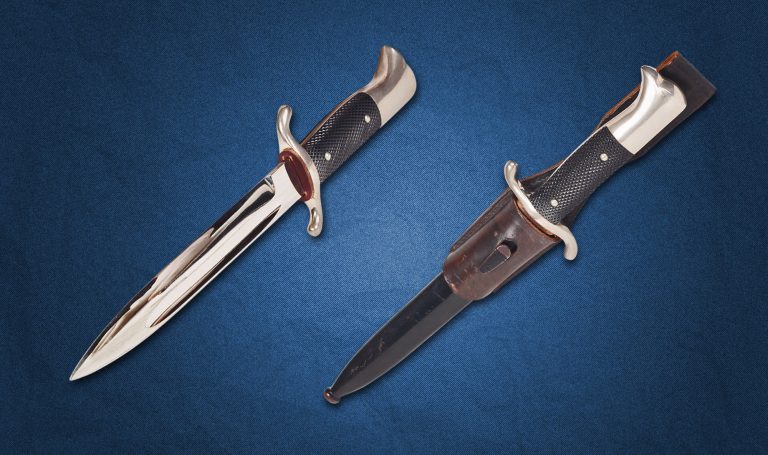
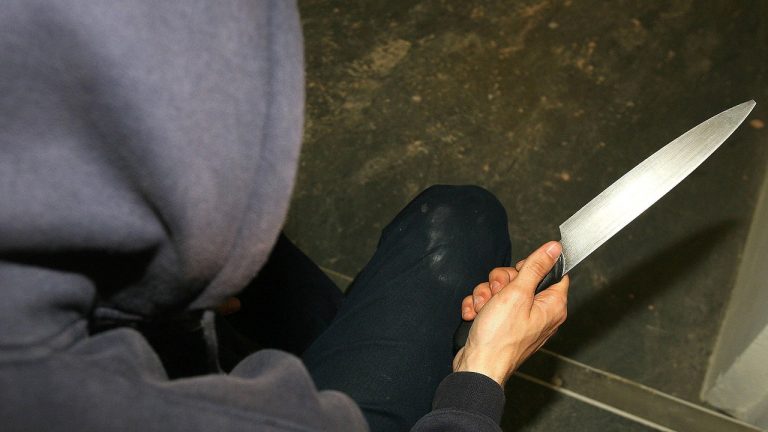
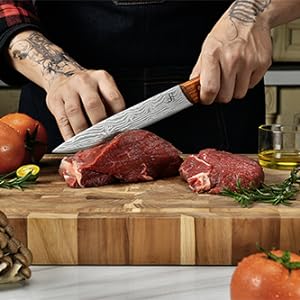
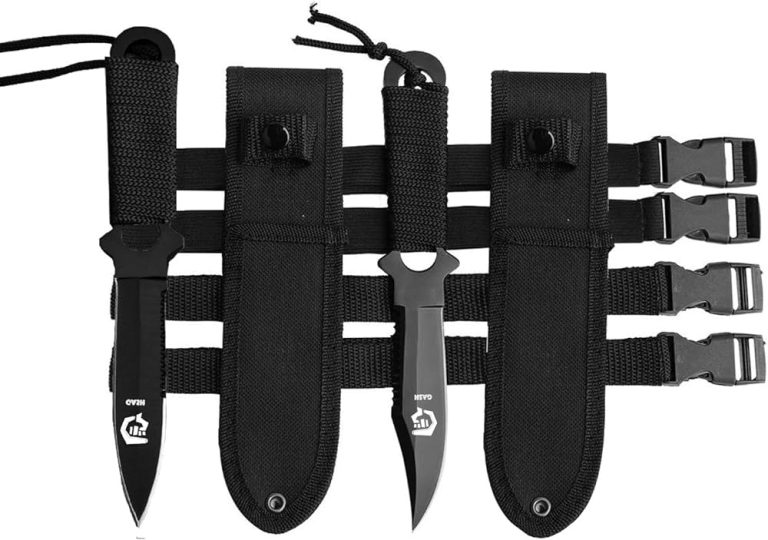
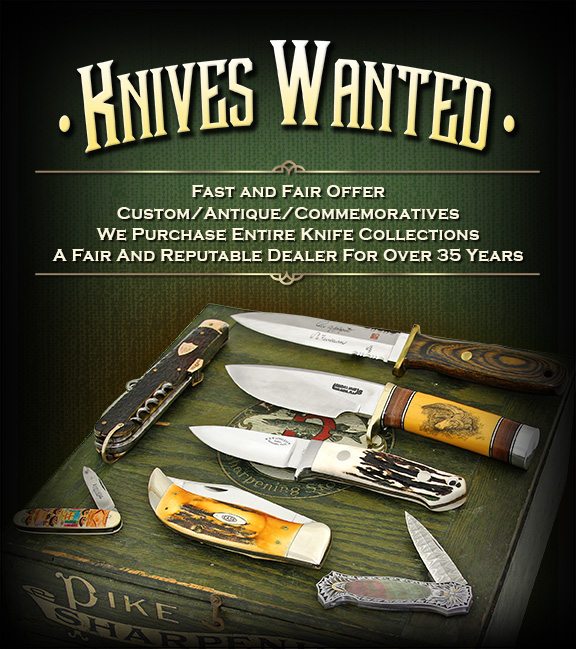
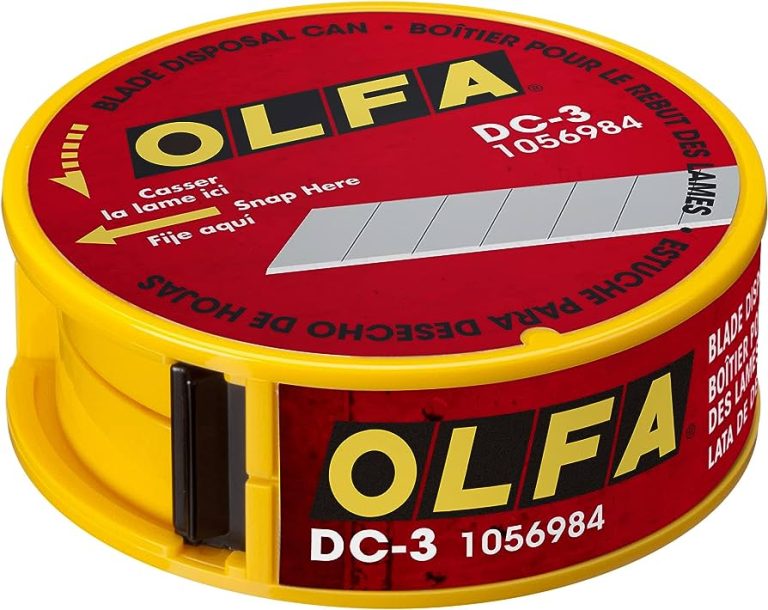
If some one desires to be updated with newest technologies
after that he must be pay a visit this website
and be up to date everyday.
Thank you